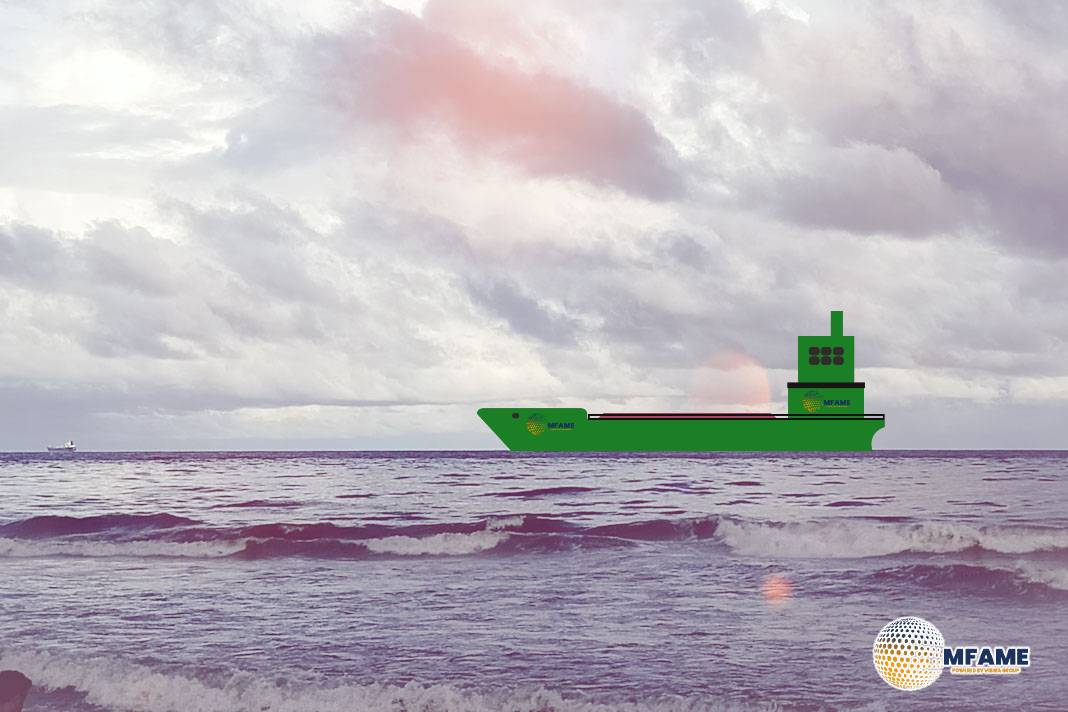- Anchors are designed for temporary mooring in harbors, not extreme weather.
- Proper planning and risk assessment prevents anchor dragging and vessel damage.
- Controlled deployment and monitoring ensure a secure anchorage.
Anchoring is a fundamental yet complex aspect of maritime navigation. The International Convention for the Safety of Life at Sea (SOLAS) and the International Association of Classification Societies (IACS) provide strict guidelines to ensure safe anchoring procedures. These guidelines emphasize proper equipment usage, risk assessment, and environmental considerations to prevent accidents at sea, reports Nautinst.
Understanding the Purpose of Anchors
The IACS clarifies that anchoring equipment is meant for temporary mooring in harbors or sheltered areas. They cannot withstand rough weather or stop a moving vessel.
Mariners must ensure that their anchoring decisions align with these limitations to prevent damage to the ship or anchor system.
Planning for a Safe Anchorage
Anchoring requires thorough planning using updated charts, navigational warnings, and local advice. Seabed conditions impact holding strength—sand, and shingle provide better grip than mud or rock.
Mariners must also consider hidden dangers like undersea cables or wrecks, ensuring a safe distance from obstructions.
Deep Waters and Equipment Limits
Most vessels’ windlasses can lift anchors from a maximum depth of 82.5 meters. Dropping anchors in deeper waters can strain equipment and complicate retrieval.
If deep anchoring is unavoidable, checking for a Deep Water Anchorage (DWA) notation is essential.
Calculating the Right Chain Length
The anchor’s holding power depends on how well its flukes dig into the seabed. The chain must be long enough to maintain a proper catenary curve but not so long that it limits maneuverability.
Weather, currents, and tides must also be considered to avoid unintended vessel movement.
Yawing and Dragging Risks
If a vessel yaws excessively, the load on the anchor increases significantly. The IACS warns that a 40-degree yaw can triple anchor strain, making dragging more likely.
Under-keel clearance (UKC) must also be monitored, as tidal changes affect holding power and increase the risk of movement.
Making the Right Call
Sometimes, choosing not to anchor is the safest decision.
If the conditions are unsuitable—strong currents, deep waters, or inadequate holding ground—seeking an alternative mooring option may prevent accidents and damage.
Safe Deployment of Anchors
When dropping an anchor, walking it out under power is safer than letting it free-fall on the brake. This prevents sudden shocks that could damage the windlass or hull.
The ship should be moving slowly astern when the anchor touches the seabed to ensure a proper set.
Monitoring and Anchor Watch
Once anchored, the vessel’s swinging circle should be plotted, and continuous monitoring is necessary to detect any unexpected movement.
Proper signals—a black ball during the day and anchor lights at night—must be displayed to inform nearby vessels.
Did you subscribe to our daily Newsletter?
It’s Free Click here to Subscribe!
Source: Nautinst
























